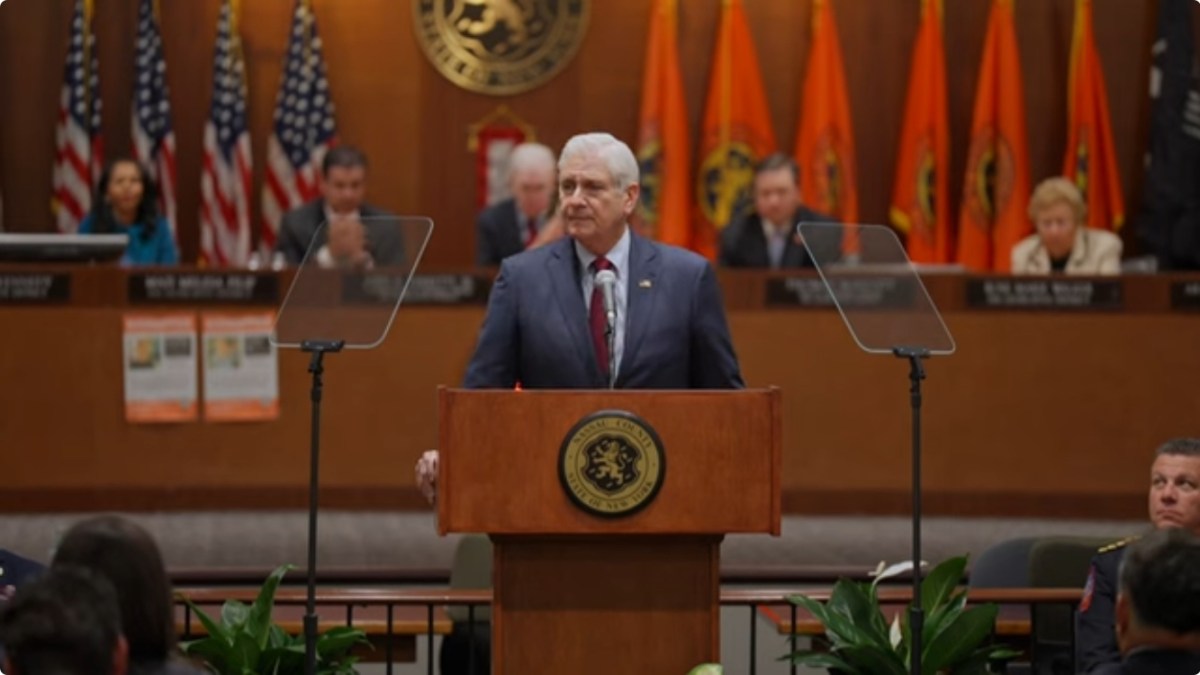In a move clearly designed to save money, the United States’ Immigration and Customs Enforcement (ICE) agency says it has released a number of Caribbean and other immigrant detainees from jails and detention centers across the country.
ICE said on Feb. 25 that the move comes as automatic federal budget cuts loom on March 1.
“In order to make the best use of our limited detention resources in the current fiscal climate and to manage our detention population under current congressionally mandated levels, ICE has directed field offices to review the detained population to ensure it is in line with available funding,” said ICE spokeswoman Gillian Christensen.
“As a result of this review, a number of detained aliens have been released around the country and placed on an appropriate, more cost-effective form of supervised release,” she added.
Christensen declined to give an estimate of how many immigrants, and their nationalities, were placed on “supervised release.”
But advocates and immigration lawyers reported a “mass release,” including dozens of detainees from separate facilities in New Jersey, Arizona, Louisiana, Texas and Florida.
“We’re getting reports from multiple detention centers in Texas, Florida and New Orleans, where detainees who are low priority are being released in mass without bond,” said Domenic Powell, a spokesman for the National Immigrant Youth Alliance, a Washington-based immigration advocacy group.
Christensen, however, said ICE is continuing to prosecute cases in immigration court and will seek deportations.
ICE and the U.S. Department of Homeland Security said they are analyzing spending as congressional inaction increases the likelihood of so-called budget sequestration or across-the-board spending cuts.
The American Civil Liberties Union said that detaining immigrants is an expensive business, with an average daily cost of US$122 to US$164 per person.
Homeland Security Secretary Janet Napolitano said ICE “will be forced” under sequestration to reduce detention and removal of undocumented Caribbean and other immigrants.
“All I can say is, look, we’re doing our very best to minimize the impacts of sequester,” Napolitano told reporters at the White House.
“But there’s only so much I can do,” she added. “I’m supposed to have 34,000 detention beds for immigration. How do I pay for those?”
Immigrant rights advocates have long called for ICE to release some detainees, either to allow them to stay in the United States or to keep them out of prison-like detention centers until they are deported.
The groups have argued that the Obama administration has violated its stated principle of focusing on the most dangerous undocumented immigrants in favor of padding numbers by going after low-level offenders instead.
The administration has repeatedly said it will apply more prosecutorial discretion to immigration, releasing immigrants deemed low-priority so it can focus resources on those who are potentially dangerous or otherwise a high priority.
The U.S. government also implemented the Deferred Action for Childhood Arrivals program that has to date permitted more than 150,000 undocumented young people, often called Dreamers, to stay in the United States, work legally and drive.

























